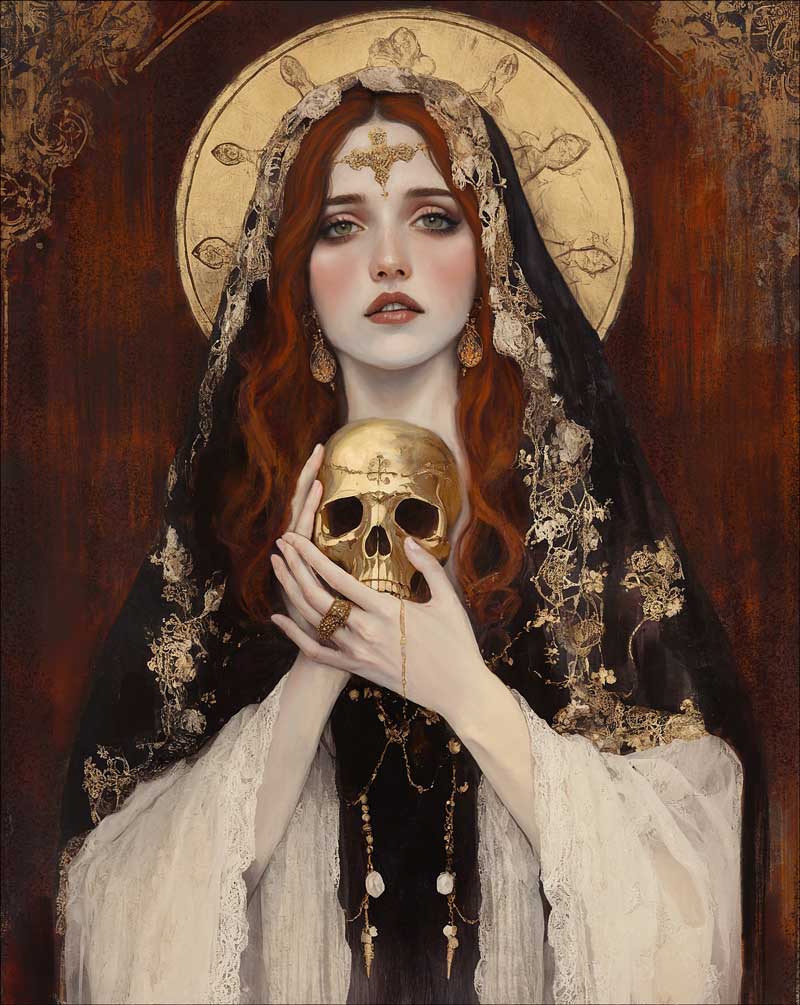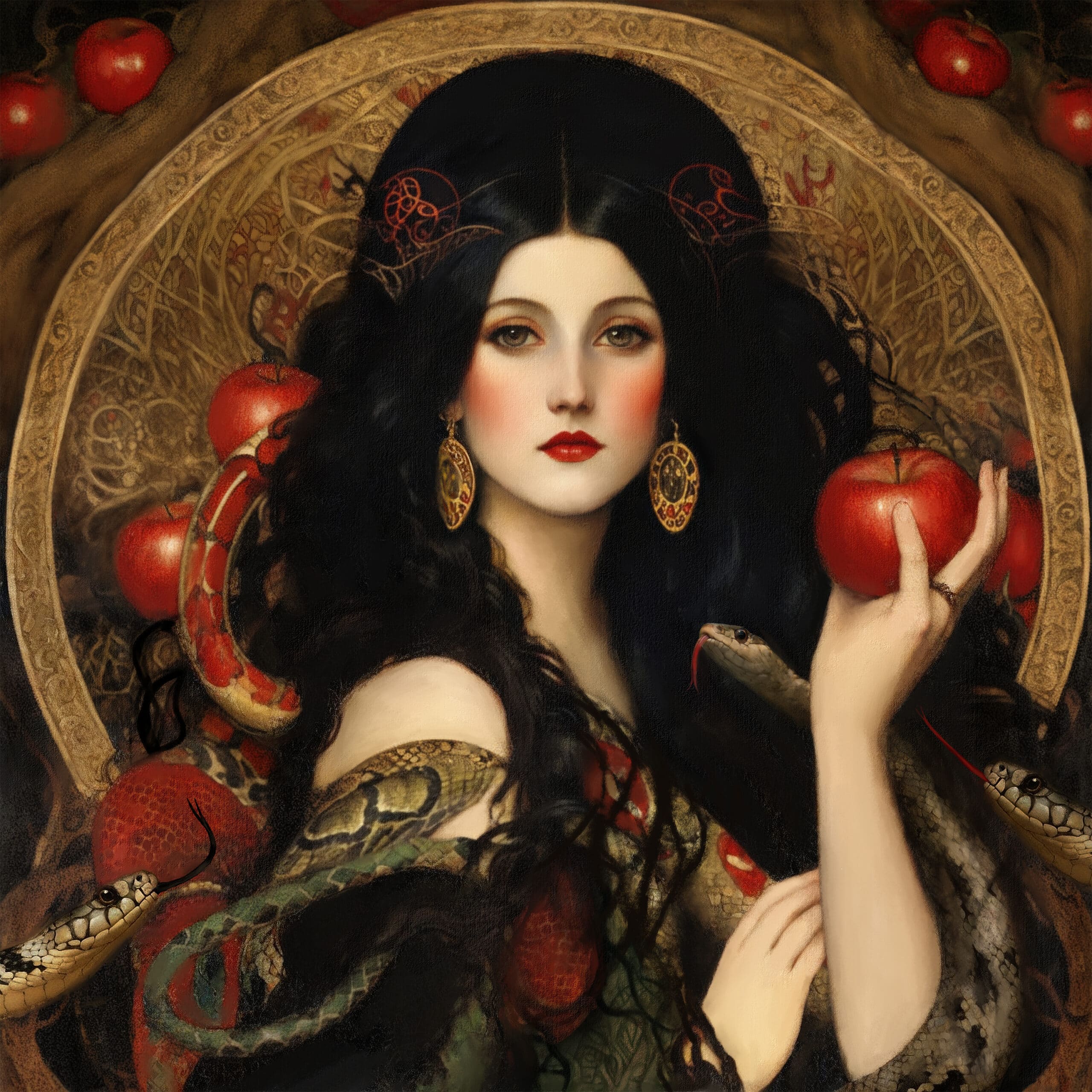Cybele is an earth mother goddess with a twist. She is a rather colourful character depicted as an exotic foreigner arriving on a chariot drawn by roaring lions and escorted by drunken, ecstatic revellers playing wild music. Cybele was originally an ancient Anatolian (Asia Minor) mother goddess that the Greeks then assimilated. She is the Goddess of mountains and lions. She was absorbed into other earth goddesses in some parts of Greece, such as Gaia, Rhea, and Demeter.
*Members Only
The cybele Myth
Cybele was famed for her entourage of transgender and eunuch priests, and her consort was a castrated Shepard named Attis. She is quite the paradox then, chiefly known for being this fertile earth Goddess but with a slim chance of having children from her dismembered partner. The Romans reinvented Cybele as a Trojan goddess, but her true meaning, mystery, and the manner of her worship are still hotly debated. However
“Her associations with hawks, lions, and the very stone of the wild, mountainous Anatolian landscape suggest her as the mother of the land and its wild, untrammelled nature, with power to dominate, moderate or soften its latent ferocity, and control its potential threats to a settled, civilised life.” [1]
Ceres On Steriods
Cybele is a sabre-toothed Ceres on steroids… with claws. Although Cybele is a devoted mother, as a foreigner, her parenting style is distinctly “uncivilised.” The Greeks were in awe of her and took her into their culture, but in reality, they held her at arm’s length. Her animalistic behaviour and liking for wild places estranged her from her fellow Olympian mother goddesses. It seems her rituals involved a great deal of manic bashing of percussion instruments, hollering, and frenzied gyrating dancers.
This cacophony was thought to be healing, rather like an ancient version of Drum and bass or techno trance. In artwork of the time, Cybele’s consort Attis is shown as her subordinate, always younger than her, and of course, he is an eunuch. Attis starts as a rugged and handsome Shepherd, but after his self-mutilation, he is referred to as a female.
Comparisons to Rhea
Goddess Rhea, one of the Titanesses in Greek mythology, embodies fertility, motherhood, and the generative forces of nature. As the mother of the Olympian gods, including Zeus, Hera, and Poseidon, she holds a significant position in the pantheon, symbolizing the nurturing and life-giving aspects of the earth. Rhea is often depicted with lions which highlights her formidable nature and connection to the wild, untamed elements of the world. The lions symbolize her strength and majesty, reinforcing her role as a protective force. This imagery underscores her dual nature as both a gentle mother and a powerful, commanding figure in the ancient mythological landscape.
Rhea/Cybele Artwork by Marina Marchione at Heavenly & Holy
Cybele In Pop Culture *
Find Asteroid Cybele in Your Chart
1. Create your chart HERE.
2. Choose “Extended Chart Selection”.
3. In “additional objects” box at the bottom, add 65.






